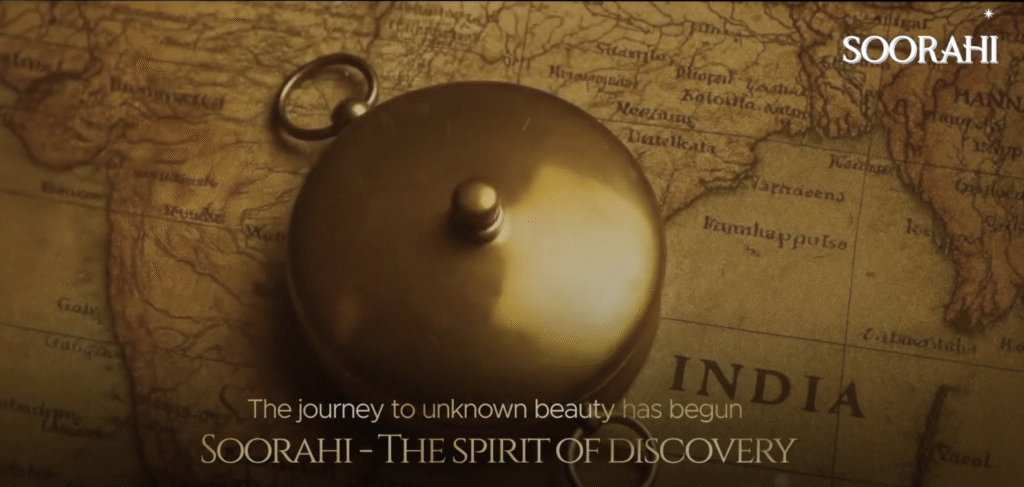
- Introduction: When Laws Demand Indirection
- Soorahi Online: Narrative, Sensory Theatre, and the Loneliness of Law
- The Perils of Poetic Branding in the Marketplace
- Community or Monologue? The Soorahi Experience
- The Cage Match: Soorahi Versus India’s Spirits Veterans
- Where Subtlety Risks Invisibility
- Conclusion: The Dilemma of the Indian Dreamer
Introduction: When Laws Demand Indirection
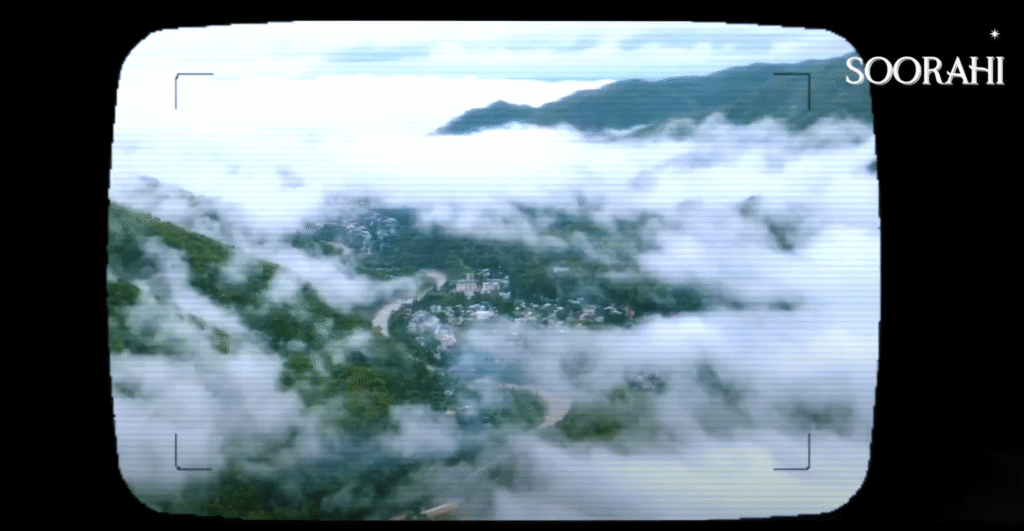
In the confounding theatre of Indian alcohol advertising, subtlety is less a virtue than a circumstance imposed by law.
Brands don’t simply sell— they allude, evoke, and at times, perform. Against this backdrop, Soorahi’s “Spirit of Discovery” campaign and its digital presence attempt something both dazzling and fraught: storytelling without showmanship, narrative without the bottle.
Soorahi Online: Narrative, Sensory Theatre, and the Loneliness of Law
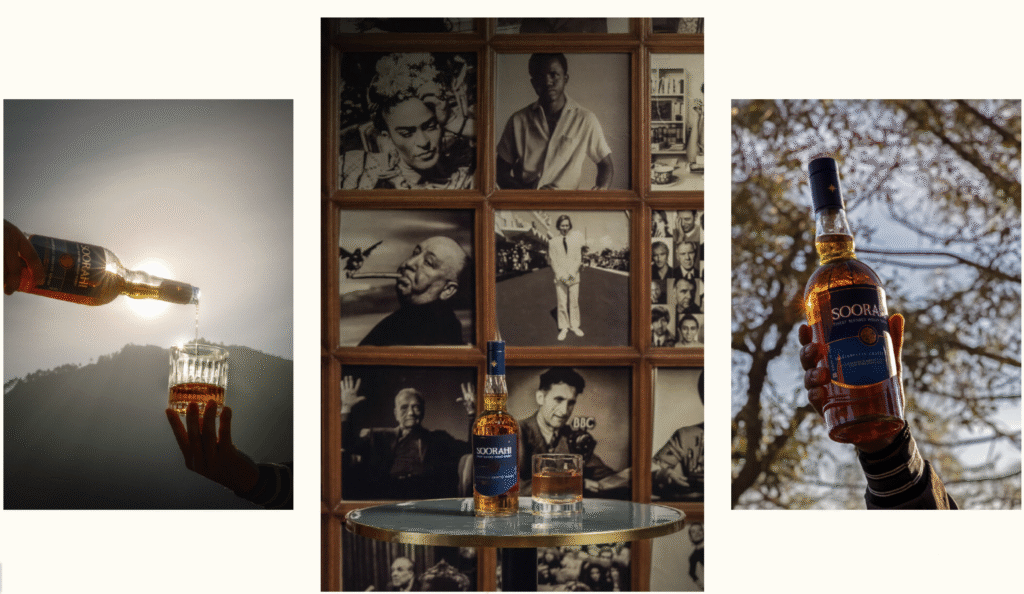
Open soorahi.com and you’re ushered not into the raucous, surrogate-laden world of Indian spirits, but into a quietly poetic hinterland. The homepage intones, “Every sip of SOORAHI is a celebration of your journey. The name SOORAHI is derived from the Hindi words ‘soo’ (good) and ‘rahi’ (traveller), symbolising life’s epic journey—within and beyond.” The dram becomes metaphor; the metaphor is map.
Symbols are everywhere: the compass, the ship, the North Star. It’s “more than whisky—it’s your timeless adventure companion!” In this digital mise-en-scène, Soorahi pursues the same themes as its “Spirit of Discovery” campaign—narrative, not product, is king.
The language is equal parts romance and reverence. Tasting notes read like a slice of Proust:
The Our Story section deepens this mythos: North Star, mountains, “crafted for those who seek.”
Soorahi introduces itself as the whisky for the wanderer—or, more precisely, the wanderer within.
The Perils of Poetic Branding in the Marketplace
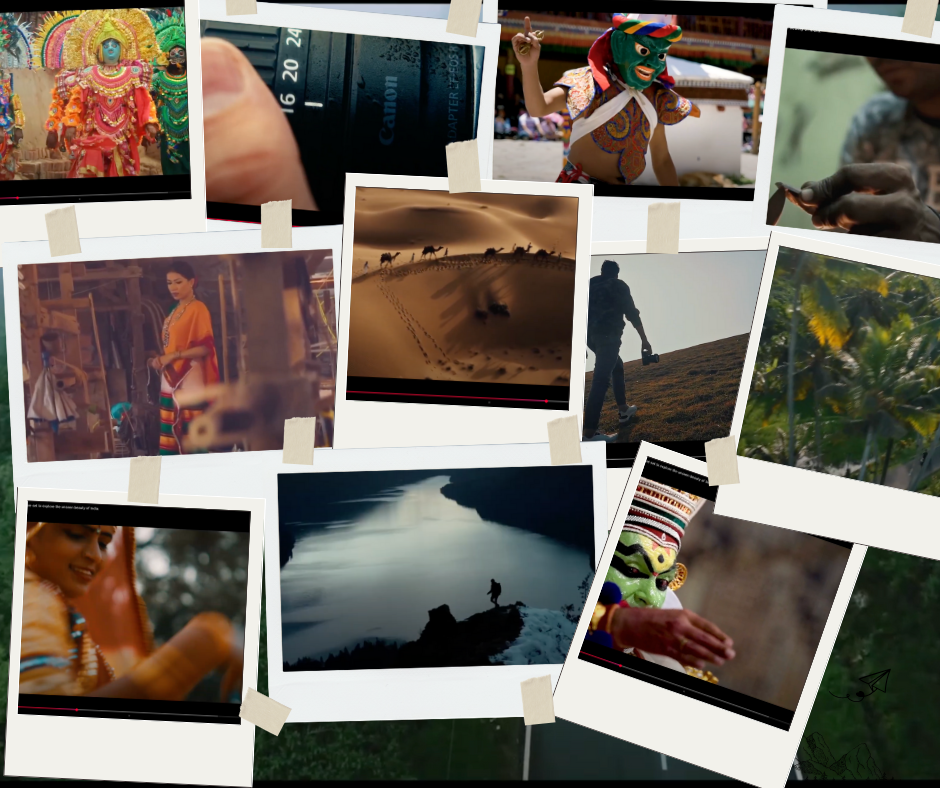
All this lyricism carries both advantage and peril.
Visually and narratively, Soorahi’s campaign stands apart in its refusal to play by the usual codes of Indian spirits advertising.
There’s no canned “party” imagery, no dubious surrogate events. Instead, the focus is on “exploration and authenticity”, a conscious attempt to connect whisky to identity, nostalgia, and the restless Indian soul.
Yet, this approach risks a kind of elegant isolation.
As noted in a previous critique, “By banishing the product to the metaphorical periphery, Soorahi risks not just legal compliance, but obliteration from mindshare. Even the best myth needs an occasional grounding in concrete desire. The tasting notes only half-fill that gap.”
If the bottle itself is but a rumour, will the consumer even remember—let alone seek—a story so lacking in physical anchor?
Community or Monologue? The Soorahi Experience
Interactivity, too, is abstract—Travel Diaries encourages user storytelling, poems, art, all in service of a collective mythos. “Share your travel tales, poems, art, or reflections — each one adds to the journey. Submit your creation… to be seen, celebrated and sipped with!”
There’s the promise of merchandise and tastings for contributors, but in an age of relentless distraction, will such overtures turn mere passersby into loyalists?
The Cage Match: Soorahi Versus India’s Spirits Veterans
Soorahi’s lyrical silence is cast into bolder relief by its rivals’ relentless noise. Here, subtlety is the exception and surrogate the rule.
Royal Stag and Blenders Pride paint the public square in aspiration, sport, and the glitz of Bollywood. “Make it Large,” for Royal Stag, is not merely a motto but a mantra: amplified by celebrity, events, and indirect (yet relentless) product suggestion.
Single malts — Amrut, Paul John, Indri — occupy the “Indian excellence” terrain, spotlighting international awards and provenance. These campaigns are grounded in product-forward storytelling, often blending myth with the literal.
Old Monk is content to let legend and nostalgia be its only advertisers. McDowell’s No. 1 transforms friendship into brand equity, using event tie-ins and the Yaari narrative to broker inclusivity and recall.
Craft gins (Greater Than, Hapusa, Stranger & Sons) split the difference: heavy on provenance (“India in a glass”), botanicals, and cocktail culture. Bira 91, the craft beer disruptor, fuses playful branding, real-world events, and digital adventures—leaving little to imagination and less to chance.
Where Subtlety Risks Invisibility
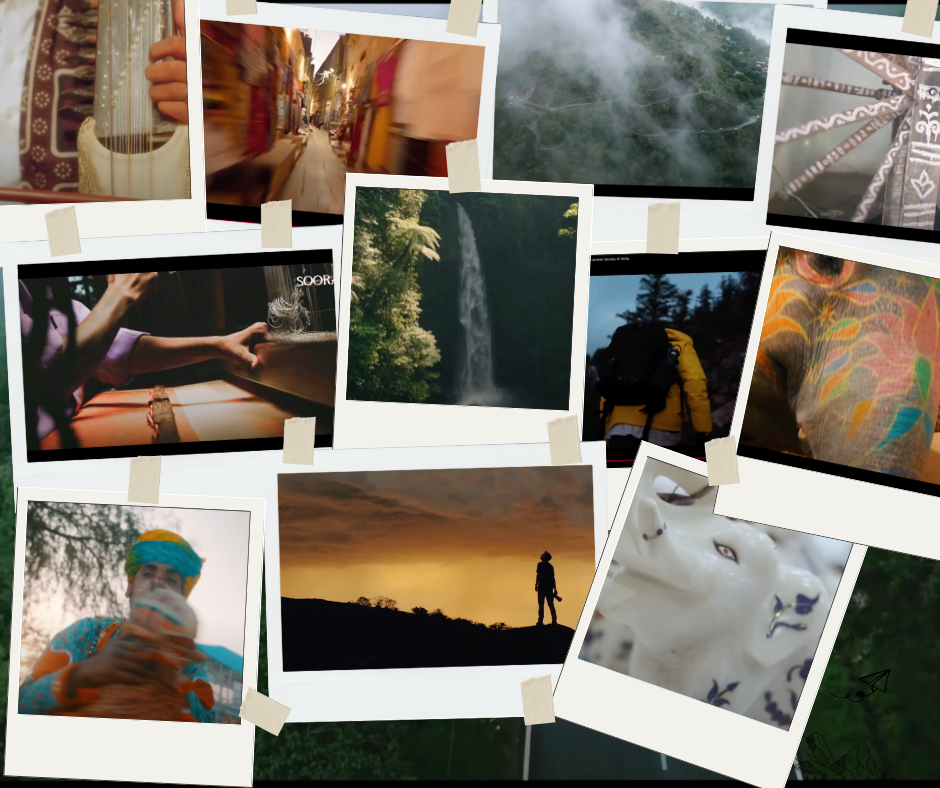
To its credit, Soorahi’s website and campaign achieve rare alignment. Both are determinedly poetic, painting whisky as a companion to life’s inward and outward journeys. But in chasing myth—and in the absence of sanctioned direct imagery or urgent conversion—the brand risks fading into a graceful kind of noise.
“The Hindi-English branding, while elegant, still under-leverages local, regional identities—an odd oversight in a market splintered along language lines.”
This is more than a flaw: it’s an existential risk in India’s fragmented marketplace.
The call to action, meanwhile, is always delayed: “Stay in our orbit,” “discover the world of whisky and stories beyond!” Fine for a newsletter sign-up, but what of sales, recall, ritual? One wonders if curiosity alone can shoulder the burdens of commerce indefinitely.
Conclusion: The Dilemma of the Indian Dreamer
The upshot? Soorahi is, perhaps, the whisky for those still content to journey inwards—the outliers and the dreamers in India’s spirits market. Its narrative is cohesive, its aesthetic coherent. Yet the same restraint and abstraction that shield it from regulatory censure may bar it from mass affection.
To be remembered is to risk being understood. To be loved, one must sometimes be clear—sometimes, even, bold. In India’s ever-bustling market for spirits, will Soorahi’s hymn to discovery become an anthem, or just another echo?
